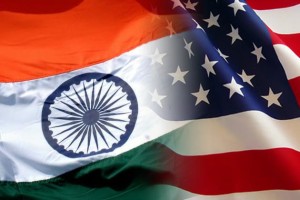I have lived in Virginia my whole life. All 16 years I have lived in the same state and found this place to be very captivating and historic. My parents on the other hand came from India and lived in New York looking for more modern opportunities. In India the competition for education is ten times more difficult than it is in the United States mainly because of the population difference. My parents came to Virginia to find a job that is worthwhile and lasting.
They work hard and build a family structure that supports me. India itself has a large number of doctors and engineers. This makes finding a job there more of a struggle than trying to find a job in Virginia. My family is an example of ongoing interaction with immigrants to the United States coming from India. There is so much interaction between India and the US economically and politically. Since India’s independence, ties with the United States have weathered Cold War-era distrust and estrangement over India’s nuclear program. Relations have warmed in recent years and cooperation has strengthened across a range of economic and political areas.
In 1947, Britain declared the end of its colonial rule of the subcontinent and passed the Indian Independence Act, which divided the territory into Muslim-majority Pakistan and secular India, whose population is majority Hindu. India detonated its first nuclear device in 1978 becoming the first nation outside of the five permanent members of the United Nations Security Council to have declared nuclear capabilities. The move contributes to a period of strained relations between the United States and India that lasted over two decades. The Carter administration of the late 1970s enacted the US Nuclear Nonproliferation Act. This requires countries n ot included in the Nonproliferation Treaty which includes India to allow inspections of all nuclear facilities by the International Atomic Energy Agency. India refused, and Washington D.C. ended all nuclear assistance to Delhi.
ot included in the Nonproliferation Treaty which includes India to allow inspections of all nuclear facilities by the International Atomic Energy Agency. India refused, and Washington D.C. ended all nuclear assistance to Delhi.
In the 1998 President Bill Clinton made the first U.S. presidential trip to India since 1978. The visit ended the estrangement of the post Indian nuclear weapons tests, although the Clinton administration pressed India’s government to sign the Comprehensive Test Ban Treaty. The Indo-U.S. Science and Technology Forum is also established during the visit. As India’s economy begins to take off and the war on terror continues to focus on building strong allies in western and central south Asia the relationship between the US and India is strengthening. Democratic values and shared Nuclear power started the relationship between India and the U.S. and now cross cultural ties through immigration are strengthening the alliance.

